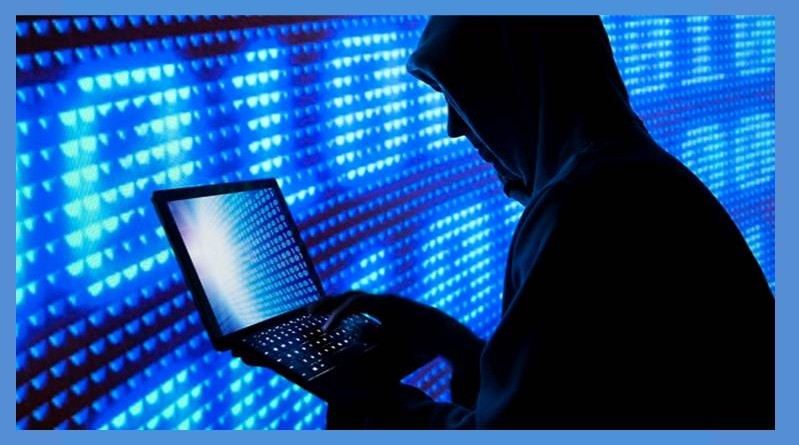7 tips on what to do if someone tries to hack you – Kaspersky
In today’s interconnected world, the likelihood of encountering a hacking attempt is high. With cybercriminals continuously improving their tactics, falling victim to a scam or clicking on a phishing link is a real possibility. As prevention is key, experts from Kaspersky (www.Kaspersky.co.za) offer valuable advice on steps to take to protect yourself from potential hacking threats.
- Refrain from providing personal information
It is crucial to adhere to this rule. If a website appears suspicious after clicking a link and requests personal details such as your name, email, phone number, or banking information, close the site immediately. Similarly, if a phone conversation seems suspicious, end the call promptly and avoid answering any subsequent calls. In the case of video conferencing, terminate the meeting and close the application.
- Disconnect your device from the Internet
This step is vital if you have installed any applications at someone’s request or suspect unauthorized access to your computer through remote control tools. If malware is suspected, disconnect your device from the Internet by disabling Wi-Fi, mobile data, or unplugging the ethernet cable. Refer to Step 6 for additional measures.
- Step into the shoes of the hacker
If you have recently interacted with a suspicious website or received a call from an unknown individual, try to recall any information you may have disclosed. Did you provide your name and address? Phone number? Bank card details? Passwords or security codes received via SMS? If you only shared basic information like your name, address, and phone number, no immediate action is necessary. However, if you divulged more sensitive data such as passwords, images of personal documents, or financial details, proceed to Steps 4 and 5 below.
- Update your passwords
It is essential to regularly change the passwords for all your accounts. In the event of contact with a hacker, it is crucial to promptly log into the relevant service and modify the password without delay. If your device is disconnected from the Internet, opt for an alternate device instead of reconnecting the potentially compromised one. Seek assistance from friends or colleagues if you lack an additional device. When accessing any services, manually enter the website address or access it through your browser bookmarks rather than clicking on links in emails.
- Notify your bank or service provider
If you shared bank card numbers or other financial data, contact your bank immediately. Cards can typically be blocked via a dedicated hotline, mobile app, or your personal account on the website. For other forms of information like bank account specifics, seek advice from bank representatives or online service experts regarding precautionary steps to be taken.
- Verify the condition of your device
If you have followed our recommendations and disconnected your device (computer or smartphone) from the Internet as a precautionary measure against potential infection, it is essential to thoroughly examine it for malware or potentially unsafe software before reconnecting to the network. In the event that you already have a comprehensive protection system installed, such as Kaspersky Premium (https://apo-opa.co/41mfoei), ensure that the protection databases have been recently updated and that all protection and scanning technologies are activated. Subsequently, initiate a deep scan that applies settings capable of detecting not only malware but also potentially hazardous software, such as remote control tools.
In the event that your device lacks protection or if the protection databases are outdated, it is advisable to employ an alternate device to download protection from the official website of the manufacturer. Subsequently, you can transfer the installation files using a USB flash drive or SD card.
- Examine for any suspicious activity
After completing all the aforementioned steps, it is crucial to ascertain that the hackers have not executed any harmful actions with the potentially compromised accounts. If these accounts pertain to online stores or banking institutions, it is recommended to review your recent purchases. Should you identify any unauthorized transactions, promptly attempt to cancel them by contacting the respective online store or your bank.
On social media platforms, it is advisable to inspect recent posts, new connections, content within photo albums, and similar elements. In messaging applications, it is important to review your recent conversations to ensure that no fraudulent messages were sent from your account.
Here are some additional safety measures you can implement:
- Safeguard your smartphone to prevent theft or misplacement.
- Utilize distinct passwords and two-factor authentication for each account. A password manager equipped with an authenticator can assist in generating new unique passwords and securely storing them.
- Set up a thorough security system on all your devices to ward off phishing and fraud, unauthorized access, and computer hijacking. This will also help in neutralizing viruses and malware, as well as repairing any existing infections.




